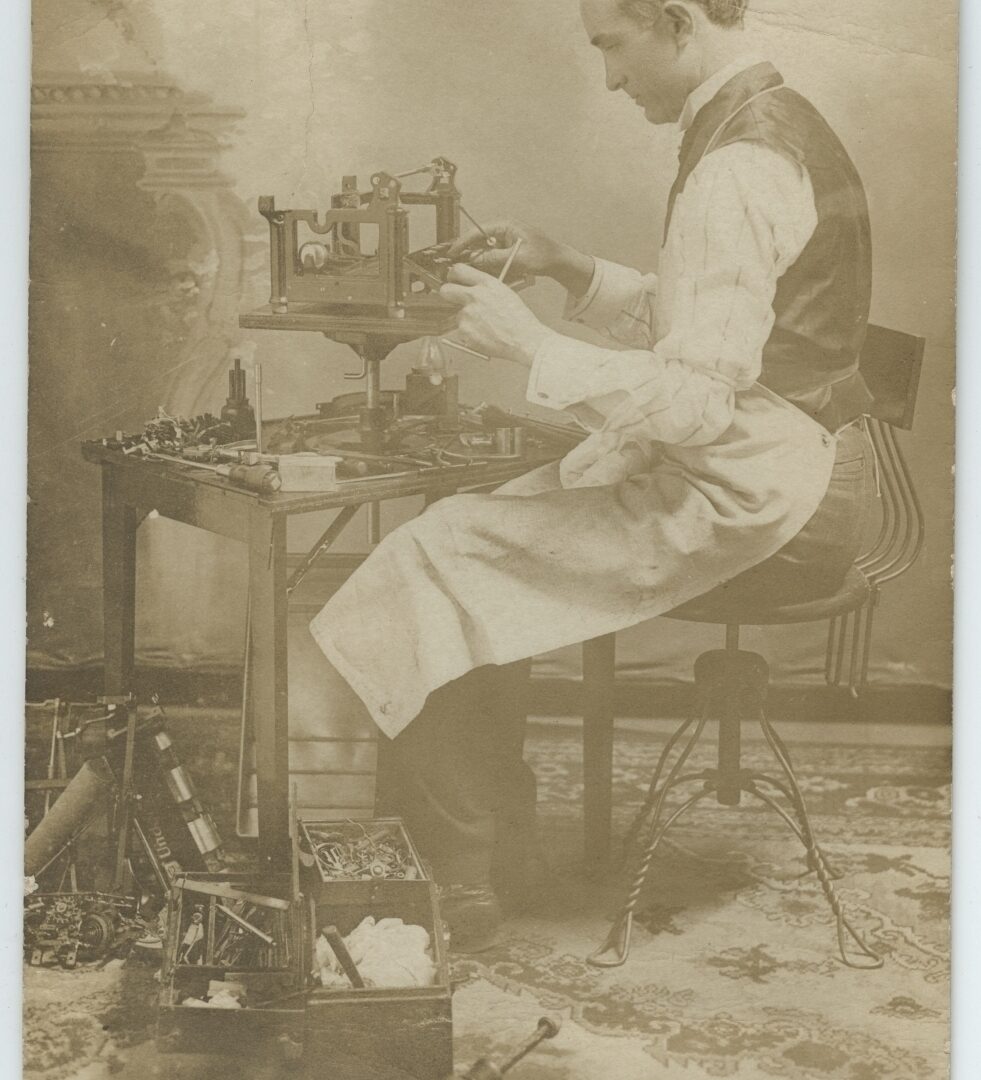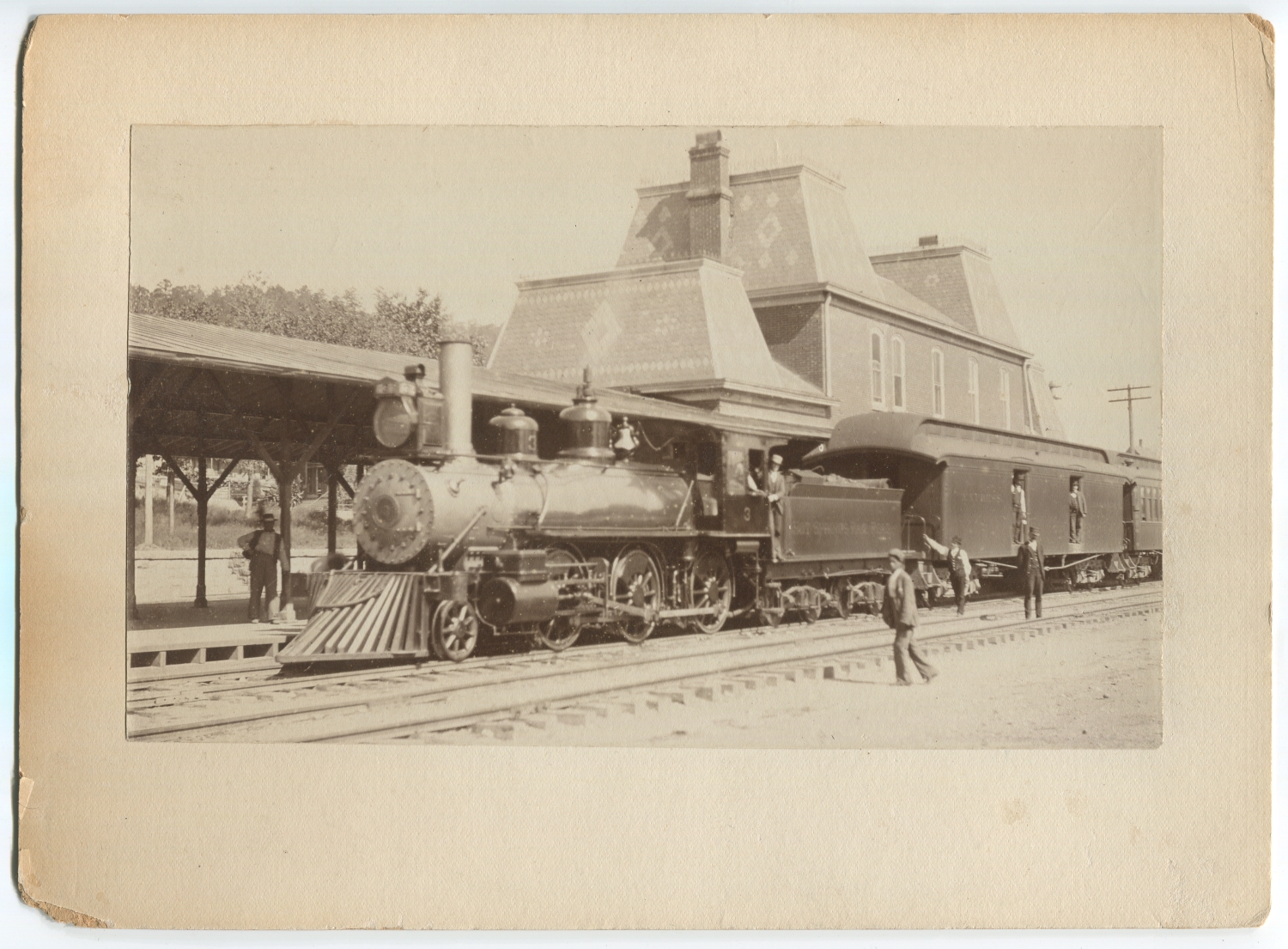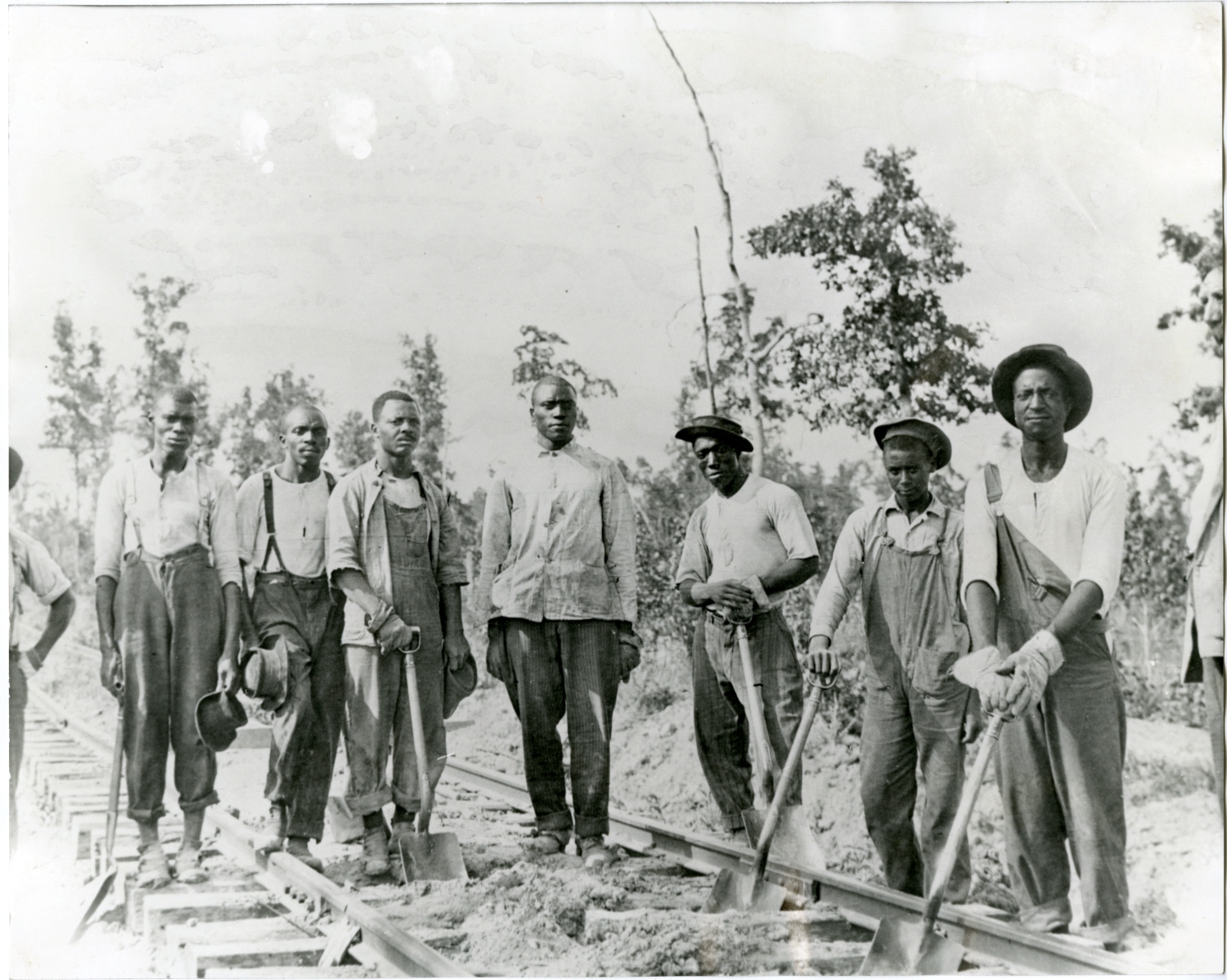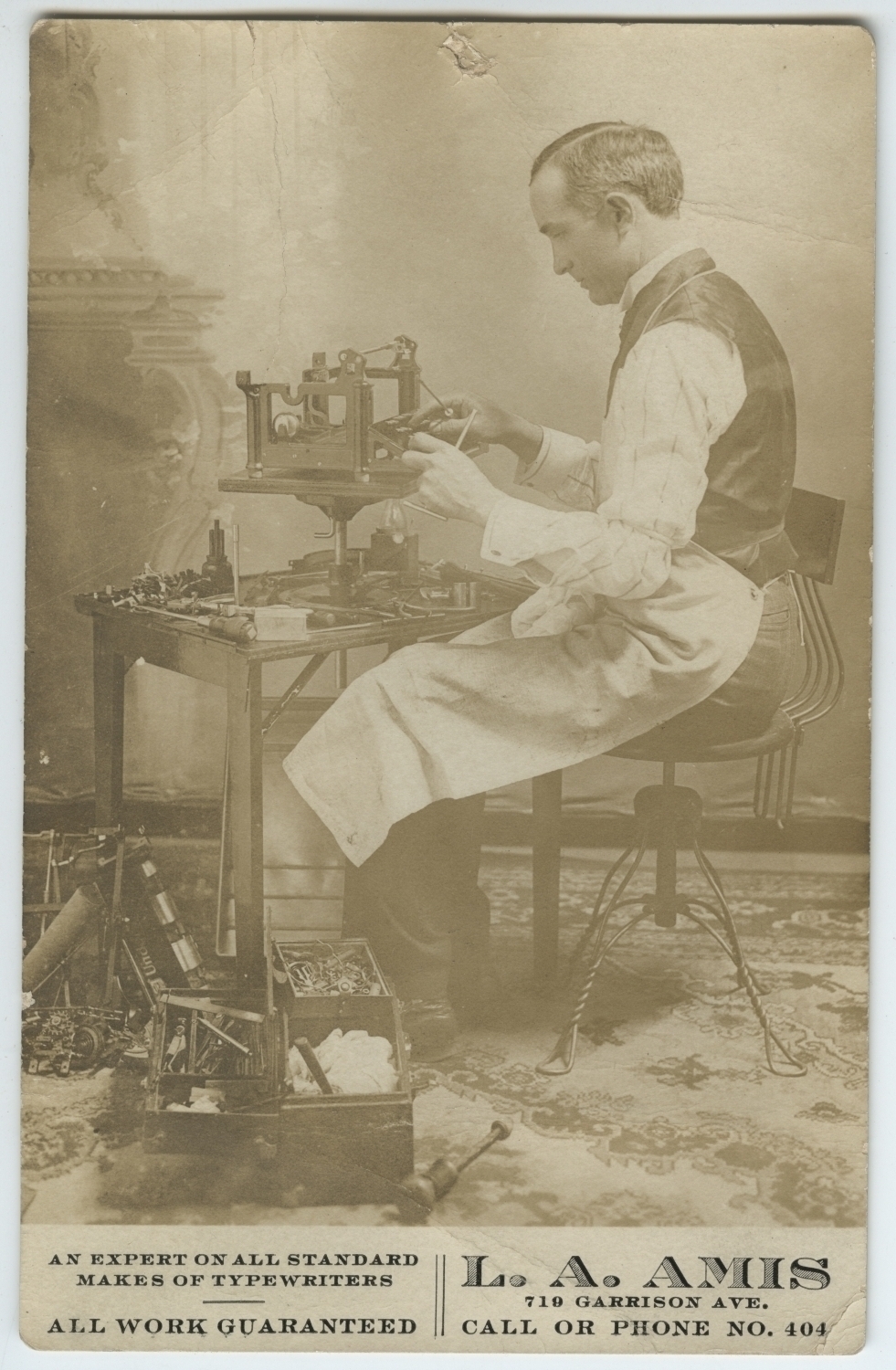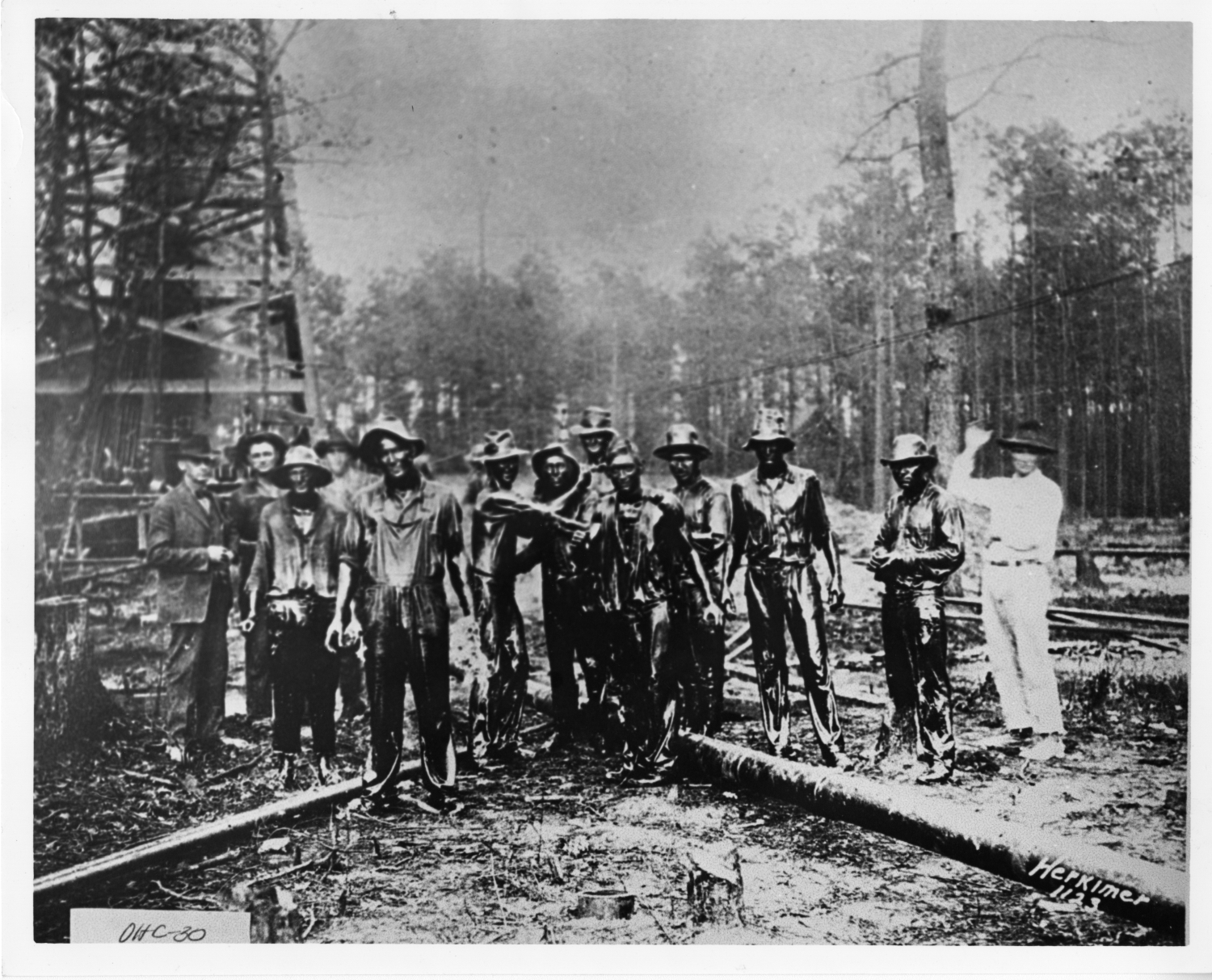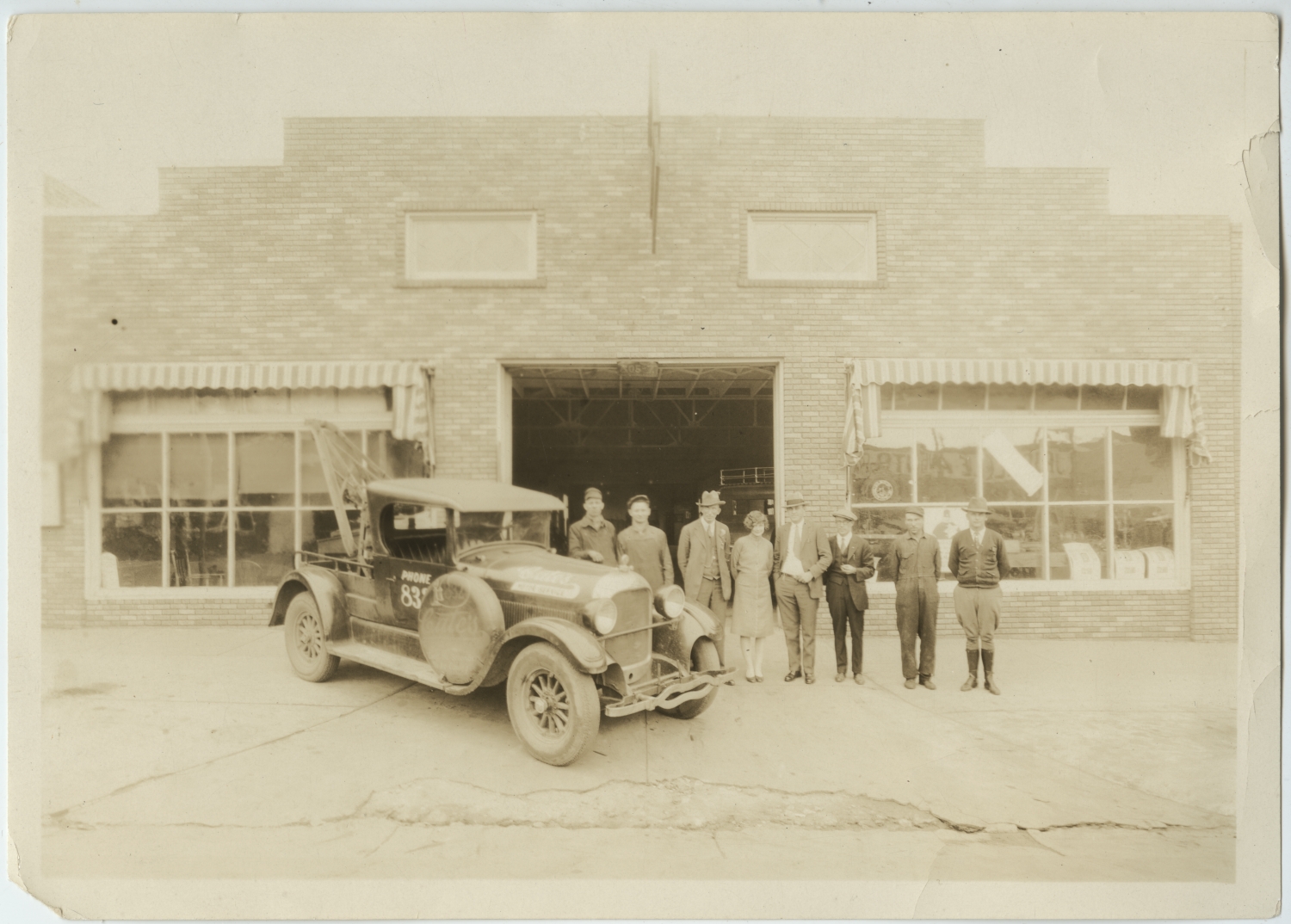Introduction
In the past, all work was done by people. People made everything by hand, even tools that they used. Around three hundred years ago, that began to change. Scientists and inventors started building machines that were used to do work that was earlier done by people. This process of building and using machines to do work that in the past people had to do by hand is called industrialization.
The invention of machines changed how people worked. Some jobs became less needed because machines did what people used to do. For example, there were shoemakers in nearly every town, city, and village in the past. Shoemakers made new shoes and fixed old broken shoes. Everyone needed their services because people needed shoes to wear every day. Today, most shoes are made in factories and many people buy new shoes when their old shoes break, so much fewer shoemakers are needed.
Other jobs were created because machines created new needs. There were workers needed to operate machines, to fix them when they broke, or to supply fuel for machines to work. For example, think about cars. Before cars were invented, we did not need car mechanics, drivers, or gas station workers because we did not even need gas stations. We also did not need as many roads, which are built by workers who use materials that are supplied by other workers.
In this activity, you will look at five black and white photos that show how machines changed what workers did in the past. They will help us understand how industrialization created new needs and new jobs even if machines made some jobs less needed.
Note for educators: Some photos used in this activity document obsolete technology that will likely be unrecognizable to students. We recommend using this activity in class rather and as a homework assignment unless relevant background information is provided prior to assigning this activity to students.
Activity Questions
- What can we see in Photo 1? When was this photo taken? See the photo caption for more information.
- The photo caption says that some individuals in the photo are train passengers and some are train workers. Which individuals could be train workers? What were their jobs?
- What skills did these individuals need to do their jobs?
- How did people move from one place to another before locomotives and railcars were invented? How did locomotives and railcars change how people traveled?
- Find a photo that shows a train in the United States today. Compare the train from the photo you found with the train in Photo 1. Are they the same or are they different?
- Have you ever been on a train? Did it look like the train in Photo 1? Did you see any train workers on the train or at the train station? What did they do?
- What can we see in Photo 2? When was this photo taken? See the photo caption for more information.
- Who are the individuals in the photo? What is their job?
- What skills did these individuals need to do their jobs?
- What kind of machines had to be invented for this type of work to be needed?
- Are there any machines in this photo?
- How did the men in the photo do their work? Do you think that their work was hard or easy?
- What jobs were created after trains (locomotives and railcars) were invented? Look at this photo and Photo 1 that you examined before to answer this question. Do all these jobs exist today?
- Who is the individual in Photo 3? What is his job? What is he doing in the photo? See the photo caption for more information.
- When was this photo taken?
- What skills did this individual need to do his job?
- For what did people use typewriters?
- How did people write before the typewriter was invented?
- Did people need typewriter shops and typewriter mechanics before typewriters were invented?
- Do people still use typewriters today? If not, what do we use today that replaced typewriters?
- Are there many typewriter shops and typewriter mechanics today?
- Who are the individuals in Photo 4? What is their job? What are they doing in the photo? See the photo caption for more information.
- When was this photo taken?
- What skills did these individuals need to do their job?
- Why do you think the men in the photo are covered with oil? What does it tell us about their job? Was oil drilling safe or dangerous for the workers?
- In the 1800s, oil was used mostly for lamps. How did the need for an oil change with the invention of different machines with engines that used oil products as fuel (e.g., cars)?
- How did the lives and work of the workers like the ones you see in this photo change when more and more oil was needed?
- For what do we use oil today?
- What are some other sources of energy that we use today in addition to oil? What are the advantages and disadvantages of different sources of energy?
- What can we see in Photo 5? When was this photo taken? See the photo caption for more information.
- Who are the individuals in the photo? What could be their jobs?
- What skills did these individuals need to do their jobs?
- Did people need car service shops and car mechanics before cars were invented?
- Look at the car in the photo. Does this car look like cars that we use today?
- Do we need car service shops and car mechanics today?
- Do car mechanics today need the same skills as car mechanics in the 1930s or do they need different skills because cars today are different than cars in the past?
- Have you been to or seen a car service shop? Did it look similar to the one in this photo?
- Write down all the jobs that we saw in the five photos in this activity that were created because different types of machines were invented. What are two other jobs that were created because of the invention of machines? Add the two jobs to your list.
- Look at your list of jobs again. How do you think the individuals who worked these jobs learned their skills? Where did they learn their skills? Who taught them?
- Write down two examples of jobs that changed because machines were invented. How did the jobs that you selected change because of machines? For example, teachers used to use only blackboards and chalk in the classroom. Today they can also use computers, calculators, and projectors.
- Are machines useful to people? Do they make people’s jobs easier or more difficult?
- Make a list of three machines that you and your family use. Next to each item on your list, write down one thing that is good about it and one thing that is bad about it. For example: Car – it is good because we can get everywhere fast; it is bad because cars pollute the environment.
Primary Sources
To learn more about the primary sources featured in the activities above, click the following links:
Arkansas Social Studies Standards
Social Studies (History)
- Strand: History
- Content Standard 12: Chronology, Change Over Time, and Contextualization – Students will analyze chronology, patterns of continuity and change over time, and contextualization of historical events.
- Grade 1 (Change Over Time): H.12.1.3 Compare present-day families, objects, and events with those in the past using visual representations, news stories, and artifacts (e.g. daily life tasks, food, clothing, transportation, communication, recreation)
- Grade 2 (Change Over Time): H.12.2.3 Compare life in your community past and present using maps, photographs, news stories, artifacts, or interviews (e.g. transportation, communication, recreation, jobs, housing)
- Grade 3 (Change Over Time): H.12.3.3 Compare specific regions of Arkansas in the past with those regions today noting changes over time (e.g., transportation, jobs, urban growth, population density, natural resources, communication)
- Content Standard 13: Perspective, historical evidence, and causation – Students will analyze ways people gather, view, construct, and interpret historical evidence.
- Grade 2 (Causation): H.13.2.6 Examine changes in the community in terms of cause and effect
- Grade 3 (Causation): H.13.3.6 Examine current or historical events in Arkansas or the United States in terms of cause and effect
- Grade 4 (Causation): H.13.4.6 Examine current or historical events in Arkansas, the United States, or the world in terms of cause and effect
Key Terms
More Information
N/A
Downloadable Guides and Handouts
We encourage K-12 educators to use History Alive: Virtually! in a way that will best match their classroom needs. The “Exercise” handout includes a complete exercise as featured on this website, the “Primary Sources” handout includes only primary sources used in the exercise, and the “Questions” handout includes analytical questions from the exercise but is editable and can be easily changed to best match students’ needs.
People and Machines – Exercises

